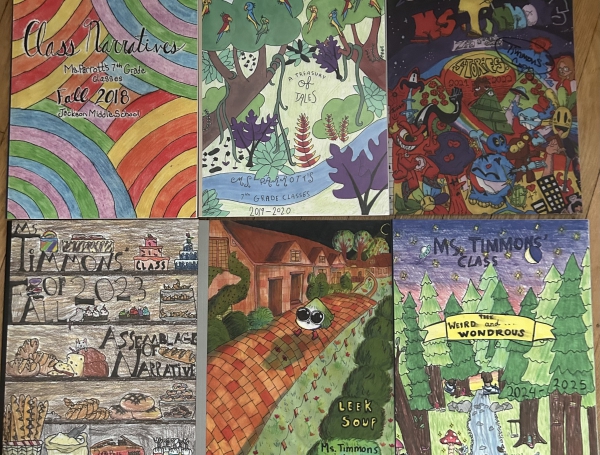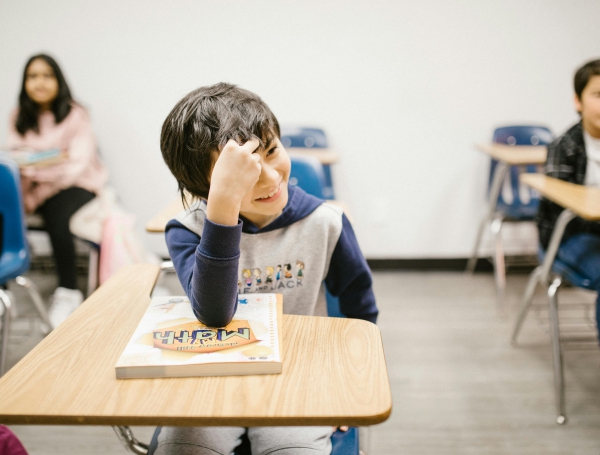Guest post by Carrie Sullivan
I had an opportunity to take a summer professional development offered by Oregon Agriculture. This course provides a series of visits to farms, ranches, and dairies across the region, along with a library of lesson plans and networking opportunities. After signing up for this course, I was excited to share with my students what I would be doing over the summer. My students were thrilled and almost as excited as I was. I asked my students if there is anything specific that they would like for me to learn about so that I could bring it back for us to learn after summer vacation. One of my student's hands shot up immediately. She asked, "Can you learn how to teach us to do egg to plate?" I was a little confused, so I asked for clarification by rephrasing her statement, "You'd like for me to teach you how to cook eggs?" She shook her head and smiled, "No, I want you to teach us how to raise chickens from eggs to chickens, then have a barbeque for a class at the end of the year!" All of the students then got very excited, and I told them that I would look into it.
That fall, we started a massive project called chick to barbeque. First, I presented the class with an overview of the new materials and information that I learned over the summer. They were immediately interested to know if I found out more about their egg to plate idea. I told them that there were some obstacles that we would have to overcome. We can't just bring a flock of chickens into the school. I explained the need for a proposal that will answer the questions our administrator might have about this project.
I started to ask a series of questions. How will we raise the eggs? (Since we didn't have an incubator, the project quickly changed names from egg to plate to chick to barbeque.)
What will the chickens need to survive? Students said, "a coup". Then I told them that we don't have one. They then responded that we'll build one, or buy one, or find one. This statement reflects the 'can-do attitude' of country children. Where will they live? They looked out the window at a flat spot of ground just downhill within eyesight of our classroom. Right there!
It was a little makeshift shed, with a tin roof, four walls with windows, and a door that could be securely shut.
I wrote a proposal which was verbally approved, and thus, the project took off. This project became our class project throughout the rest of the year. Students demonstrated their knowledge of math by determining the perimeter of the fence so that we could buy solid fencing materials. They also learned animal science and math when determining how much space is needed per chicken to have happy chickens. The students built the coop and upgraded the fence around the coop.
Our town's centennial celebration was just about to occur, so the students cleaned out the floorboards of the shelter, nailed loose boards back into their supporting beams, and then spruced up the shabby walls by creating a mural representing what the town of Dayville meant to them. This process started with meaningful sketches in the classroom on paper then moved onto priming the wood with white paint and finally sketching their ideas onto the walls and painting their designs themselves. They had thought of every detail from a map of the town, a drawing of the school, the picturesque John Day Gorge, the giant letter D pained on the base of a plateau outside of the city to a chicken holding a stalk of corn light a lightsaber fending off prehistoric tigers from the flock.
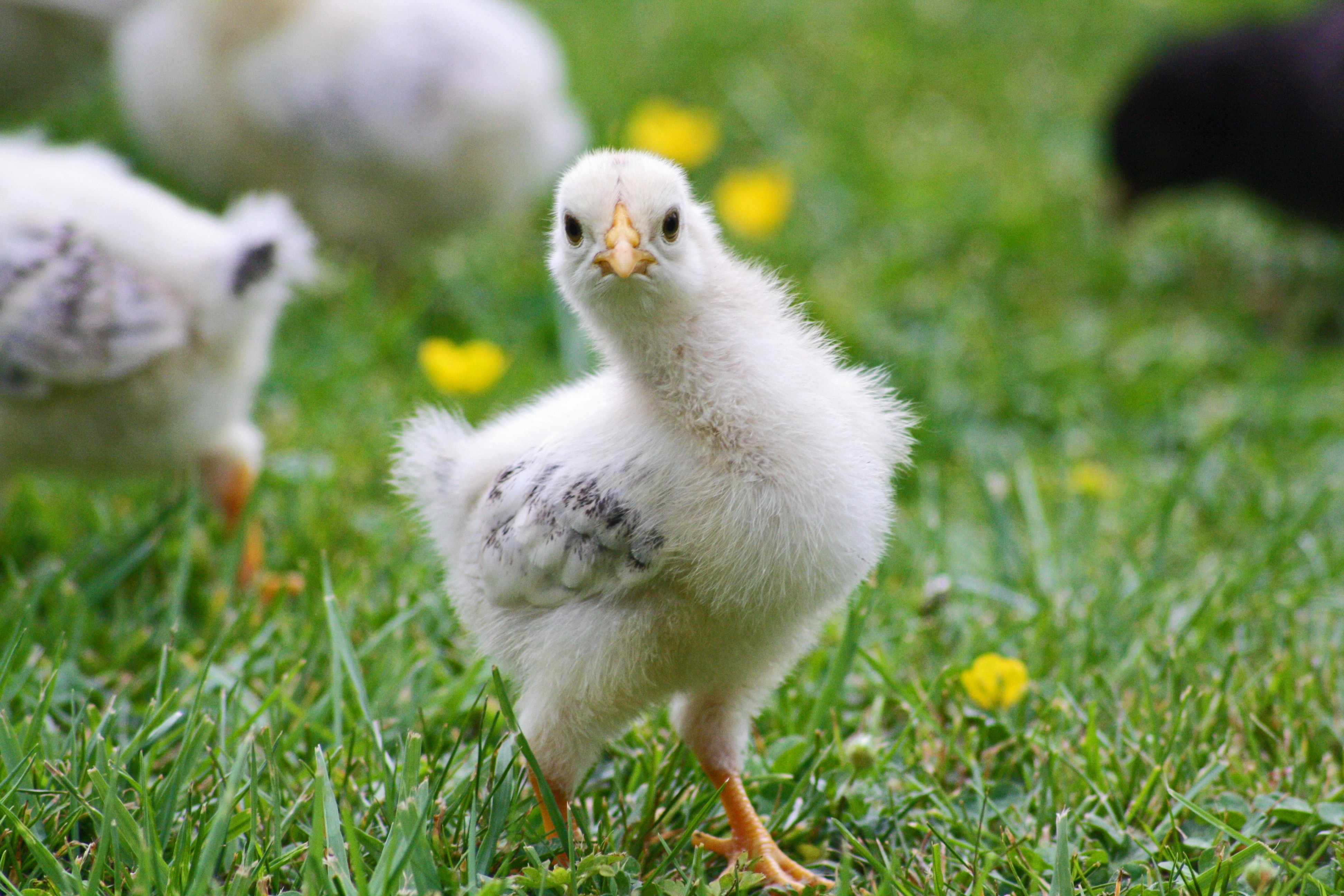
I purchased all 14 chicks for our class, the feeders, the food, and watering devices. The little fluffballs were adorable. They started in a giant tote in our classroom with a heat lamp and some food. We weighed them weekly and tracked their growth coming up with an average weekly weight gain and daily weekly weight gain.
The responsibility of feeding, watering, and closing them into their coup was handled by student pairs that rotated so that no one would become too attached to them. As the chicks got older, they went through an adolescent stage and were no longer cute at all.
The chickens moved from their gangly molting adolescents into some beautiful white fryers. The students decided that they wanted to keep them as pets after investing so much time and effort into their care. (I knew this day would come.) It was finally time for me to encourage them to do more research about the breed. The students discovered that the chicken's breed was designed to carry as much weight as possible in the shortest amount of time. This would give the poultry the greatest amount of money per pound by limiting the inputs and maximizing the product. Students found out that the chickens will gain so much in fact that if we didn't butcher them by day 21, they would no longer be tender, and eventually, their weight would not support their little chicken legs. The legs would bow and eventually break, leaving them unable to move, and in some cases, they would begin to get their underbellies rubbed raw from dragging and scooting across the ground. Meat chickens, of this particular breed, were not meant to be kept as pets.
Fortunately, the father of two of my students had a mobile chicken plucking truck. He agreed to come out to harvest the chickens for us. After sending home permission slips, we set the harvest date. All of my students were permitted to watch the harvesting events unfold. I had an alternative activity available in case someone decided that it was too traumatic to watch or simply didn't want to be part of the process anymore. None of the students left, and each fascinated by the process. The father, who did the harvesting, did so in a way that was surprisingly clean and devoid of blood. The father simply picked up the chicken, turned his back to us, sliced its throat, and let it bleed out. The students didn't see any of that; the killing process was hidden from view. The chickens didn't make a fuss before or during the harvest.
The plucker that he used was something that he had made himself using a bucket, a motor, and some rubber hoses. He explained to the students exactly how he made the plucker himself. He carefully identified the parts and their function. He then plucked the chickens with the plucker and finished them off by singing what little guard feathers remained with a torch.
When he cleaned out the inside of the chicken, the students were fascinated, and that part was not bloody either. Responding to their interest, he did an anatomy lesson and showed the organs of the chicken from the heart, lungs, liver, and gizzard to the reproductive parts of a female chicken explaining how the eggs came out. The entire experience was fascinating.
At the end of the day, the chicken carcasses were put into deep freezers. During class, we added up the costs that were incurred in getting their fencing, feed, and water containers. We totaled the amount, divided the cost by each chicken, and that was the amount the students sold the chickens to their parents for. Six chickens were donated back to the classroom and our cook along with our custodian who lent us his smoker cooked the chickens, which we shared with the entire elementary school during our picnic onthe last day of school.
An unexpected outcome of this project was that the students cleared their plates. They did not want to waste any of the meat. They were intimately aware of the care and sacrifice that went into providing this meal for their friends and families.
I have modified the chicken project since that first year; we no longer raise the chickens to eat, we raise chickens that lay eggs. Each student claims a chick, names it, bands it with a unique colored band with a charm on it. Each student then tracks its growth, in their chick journal, makes observations on their tendencies, behaviors, and notes changes in its markings as it grows.
At the end of the year, the students are challenged to determine what breed of chicken they have. They have to do some research and sort out the unique qualities of their chick's temperament, weight, and markings to do so. After they determine their specific breed, they have to write an advertisement describing why someone would want to buy their unique chick. The students set the price for the chicks that are now juvenile chickens by adding up all of the costs that went into raising the chicks, including the purchase price. We discuss economic terms as we do so. One year a chick just got sick and died, so her cost had to be added into the entire cost as a loss, which then raised the price of each chick. After we go through these exercises, the students then set the price at a zero-net gain. The costs of the chicks and the supplies are covered, and there is no profit made.
Usually, the student who raised the chicks buys the chicks and bring them home as egg-laying pets.
This guest post was written by Carrie Sullivan taking the online continuing education course, Mindsets in the Classroom: Increase Student Engagement, with THI Instructor, Brenda McKinney.
 Carrie Sullivan Bio:
Carrie Sullivan Bio: I grew up in Alaska, living a subsistence lifestyle, then traveled to Brazil for a yearlong exchange. I went to school at the University of Alaska Fairbanks (UAF), and double majored in English Literature and Editorial Journalism. I finished my studies on a national exchange at Florida International University. After working in the technology fields of international and domestic sales, a life-changing event inspired me to develop my passion for teaching. After getting my Masters in the Art of Teaching for Pacific University in Oregon, I moved with my two daughters for Eugene to Eastern Oregon, where I met my husband. I’ve been teaching for the past 10 years in Dayville, Oregon while spending summers working on my family’s ranch of Angus Herford cows and growing alfalfa and meadow hay.

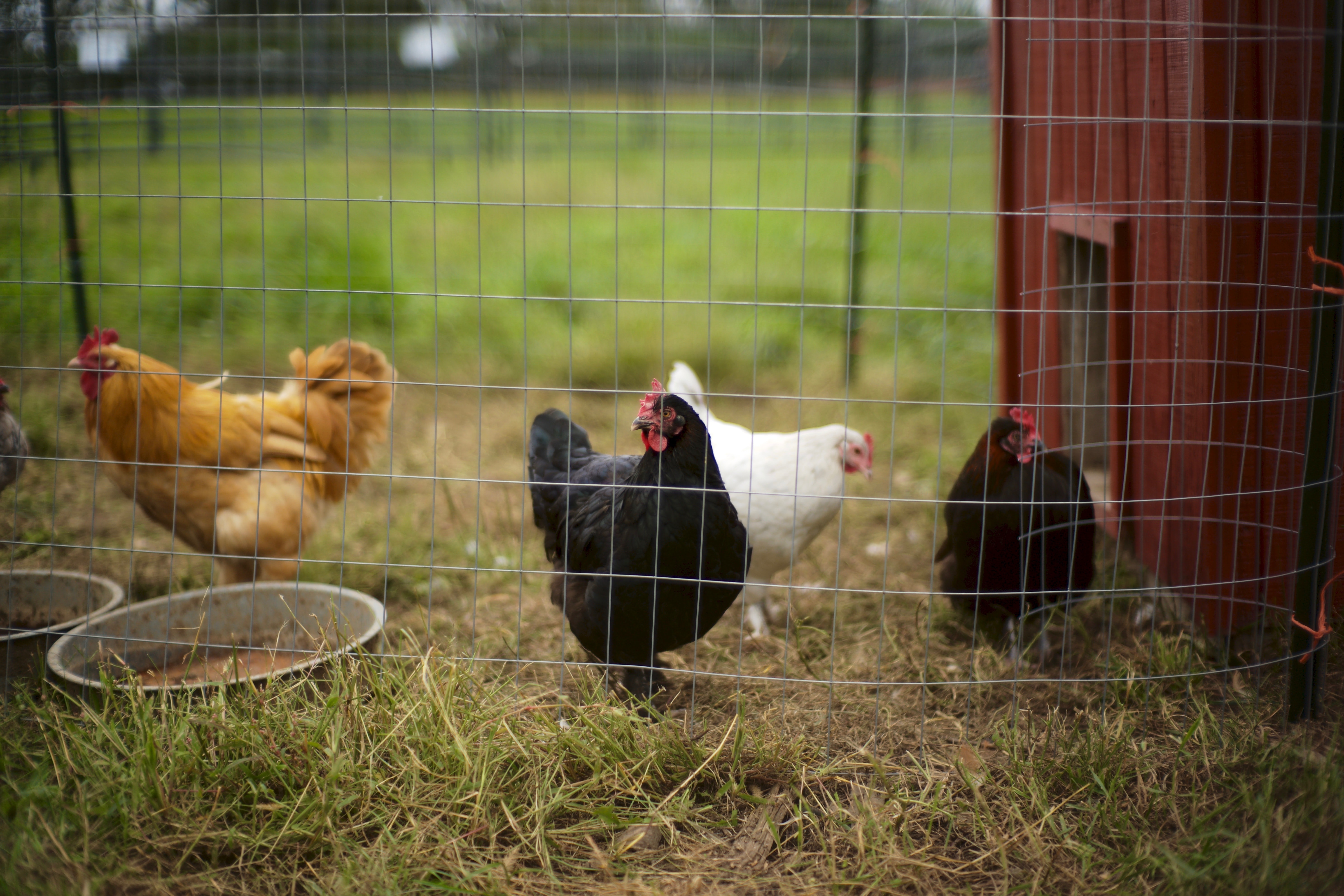


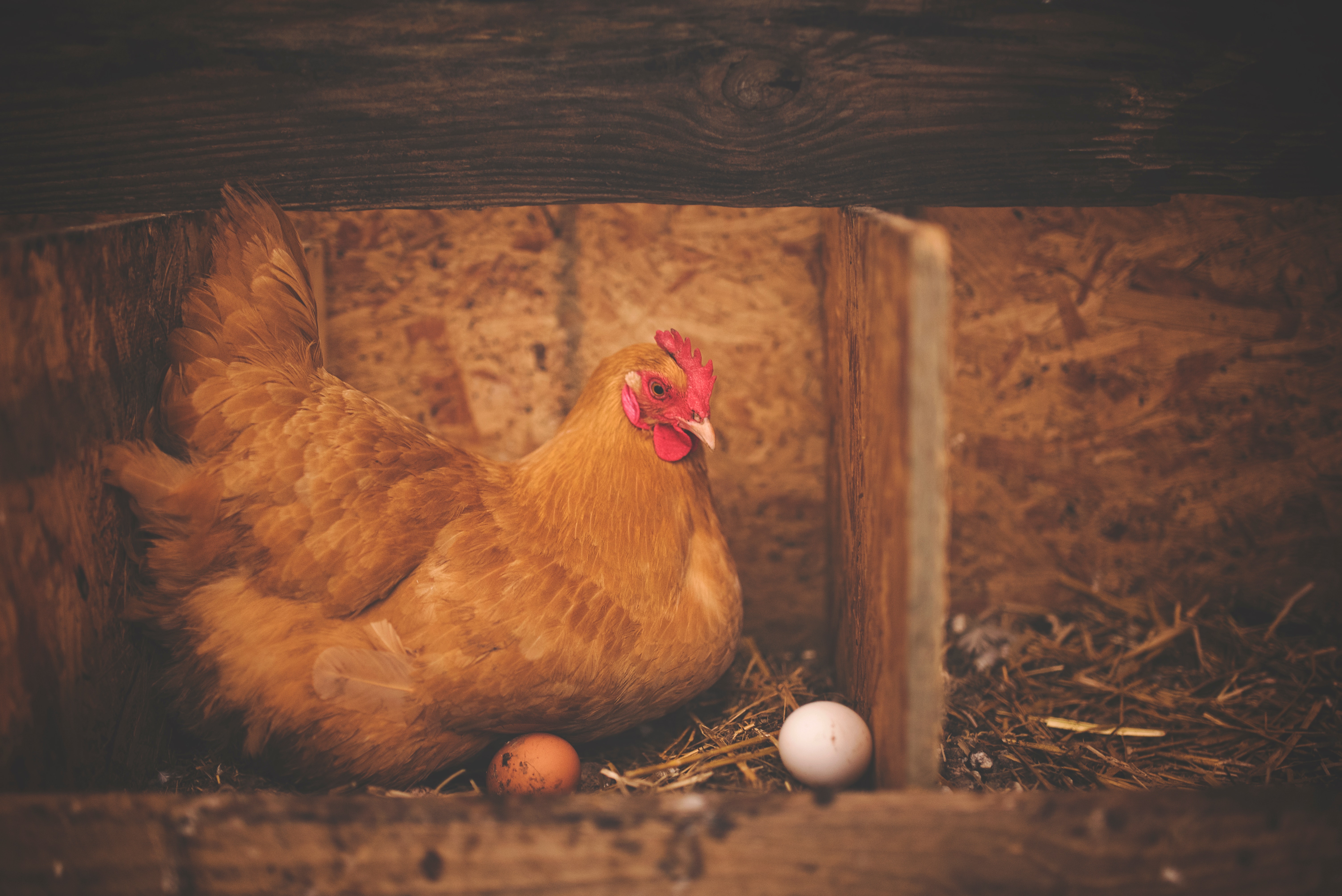
 Carrie Sullivan Bio: I grew up in Alaska, living a subsistence lifestyle, then traveled to Brazil for a yearlong exchange. I went to school at the University of Alaska Fairbanks (UAF), and double majored in English Literature and Editorial Journalism. I finished my studies on a national exchange at Florida International University. After working in the technology fields of international and domestic sales, a life-changing event inspired me to develop my passion for teaching. After getting my Masters in the Art of Teaching for Pacific University in Oregon, I moved with my two daughters for Eugene to Eastern Oregon, where I met my husband. I’ve been teaching for the past 10 years in Dayville, Oregon while spending summers working on my family’s ranch of Angus Herford cows and growing alfalfa and meadow hay.
Carrie Sullivan Bio: I grew up in Alaska, living a subsistence lifestyle, then traveled to Brazil for a yearlong exchange. I went to school at the University of Alaska Fairbanks (UAF), and double majored in English Literature and Editorial Journalism. I finished my studies on a national exchange at Florida International University. After working in the technology fields of international and domestic sales, a life-changing event inspired me to develop my passion for teaching. After getting my Masters in the Art of Teaching for Pacific University in Oregon, I moved with my two daughters for Eugene to Eastern Oregon, where I met my husband. I’ve been teaching for the past 10 years in Dayville, Oregon while spending summers working on my family’s ranch of Angus Herford cows and growing alfalfa and meadow hay.

